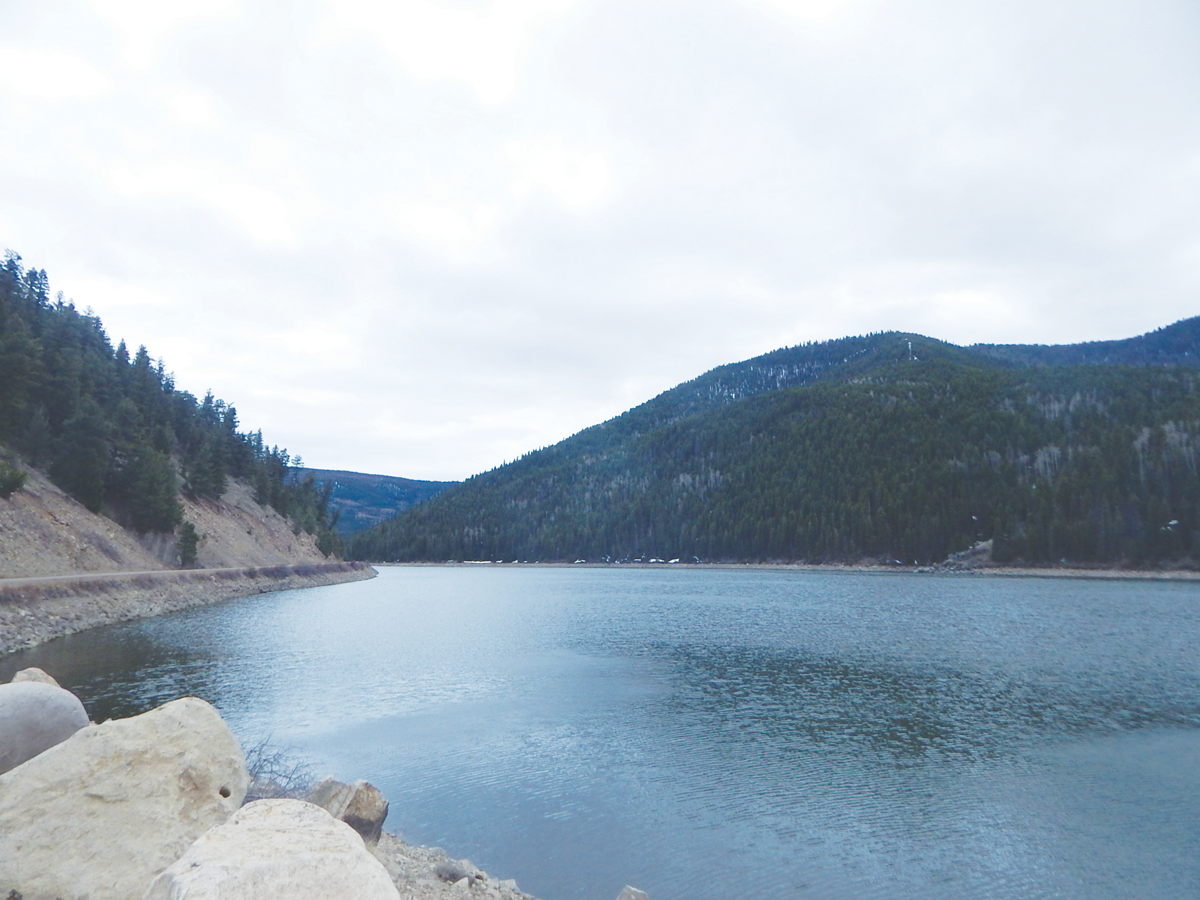Who’s who in water: Colorado Water Conservation Board

VALLEY — The Colorado Water Conservation Board is a known name with an often unknown role. However, one thing is certain, it is the guiding force behind water policy in the State of Colorado and has been a key provider of financial means for many important water projects in the San Luis Valley.
The Colorado Water Conservation Board was formed more than 75 years ago. The mission it was charged with was/is “To conserve, develop, protect and manage Colorado’s water for present and future generations.” Today, the CWCB is Colorado’s most comprehensive resource for water information, expertise and technical support.
The CWCB is also about those who serve. Fifteen board members govern the CWCB. Members are appointed by the governor and serve three-year terms. Each member hails from one of the nine basins of Colorado which are the Arkansas, Colorado, Gunnison, Metro, North Platte, Rio Grande, South Platte, Southwest, and Yampa/White respectively. They are responsible for tasks such as protecting Colorado’s streams and rivers, water conservation, flood mitigation, watershed protection, stream restoration, drought planning, water project financing, and the creation and oversight of the Basin Roundtables. In addition, the CWCB collaborates with other western states, as well as federal agencies, to protect state water apportionments.
Other personnel include more than 40 CWCB staff members who maintain a total of six major program areas or sections. The sections are management, finance and administration, interstate and federal, stream and lake protection, water supply planning, watershed and flood protection. These are the teams that report to the board members, make recommendations and do all of the behind the scenes work. The combined efforts of the CWCB board and staff have produced beneficial and needed results with water projects and issues throughout the state.
One example of a key initiative that was recently completed by the CWCB is the Colorado Water Plan. Until 2015, Colorado was one of the only western states that did not have a water plan. With the population of Colorado expected to see enormous increases, the demand for water is also projected to see a huge spike. There were/are also many challenges facing Colorado including an increasing water supply gap, agricultural dry-up, critical environmental concerns, variable climate conditions, inefficient regulatory process and increasing funding needs. As a result, Governor John Hickenlooper signed an Executive Order in 2013 which tasked the CWCB with the creation of a water plan for the State of Colorado.
After three years, the completion of the Colorado Water Plan was celebrated in November of 2015. Goals in the plan include meeting the water supply gap, defending Colorado’s compact entitlements, improving regulations, and exploring financial incentives. Meanwhile, the objective is to honor Colorado water values and ensure the state’s most valuable resource is protected and preserved for generations to come. The implementation of the Colorado Water Plan continues by working through individual issues in each basin. This is just one of the many complex areas the CWCB tackles on a daily basis.
With the many and often difficult issues the Colorado Water Conservation Board handles, what do these efforts mean to the Rio Grande Basin and the San Luis Valley? The answer is the Rio Grande Roundtable. The Roundtable serves two critical roles. The first is to develop a comprehensive communication platform for stakeholders, and the second is as a conduit for funding basin water projects. The Rio Grande Roundtable itself exists because of the CWCB. The concept of the Basin Roundtables was established through the “Water for the 21st Century Act” with the intent of facilitating discussion and common sense solutions for Colorado’s water needs.
Currently, the roundtables across the state bring more than 300 individuals to the table. There is an even larger amount of needs and interests represented. Each basin is also required to have a plan. These plans must identify both consumptive and non-consumptive water needs as well as available water supplies and proposed projects and methods. The projects and methods of course, require funding. This is where the CWCB Water Project Loan Program comes in. On an annual basis, the CWCB has close to $50 million available for this program. These low interest loans are available to any agricultural or municipal borrower who can establish a clear need for the design and/or construction of a raw water project. Proposed projects must then clear an application process and obtain board approval. Once each of these measures are successful, the project can begin.
The Rio Grande Basin Roundtable has been the recipient of millions of dollars in funding for crucial water projects, thanks to the Colorado Water Conservation Board. One notable example is the Rio Grande Cooperative Project. As a public/private partnership between Colorado Parks and Wildlife and the San Luis Valley Irrigation District, the Rio Grande Cooperative project was presented to the CWCB as a funding request for needed repairs to Rio Grande and Beaver Reservoirs. The request was successful and in 2013, Phase 1 of the repair process at Rio Grande Reservoir was complete. Beaver Reservoir completed its dam rehabilitation in 2016. This is just one way in which the CWCB has tremendously benefitted the San Luis Valley. In fact, it could possibly be argued that the Valley would be a much different place without the CWCB.
Colorado’s water and water in the Rio Grande Basin is and always will be an important matter. Many can agree that it must be used wisely. The Rio Grande Roundtable and the Colorado Water Conservation Board work to ensure that this valuable resource is managed well.
The Rio Grande Basin Roundtable meets the second Tuesday of every month. Meetings are located at the San Luis Valley Water Conservancy District office at 623 4th St. Alamosa. Visit www.rgbrt.org. or cwcb.state.co.us.
Caption: The Beaver Creek Reservoir rehabilitation project is a good example of Colorado Water Conservation Board funding in cooperation with public and private partners.



